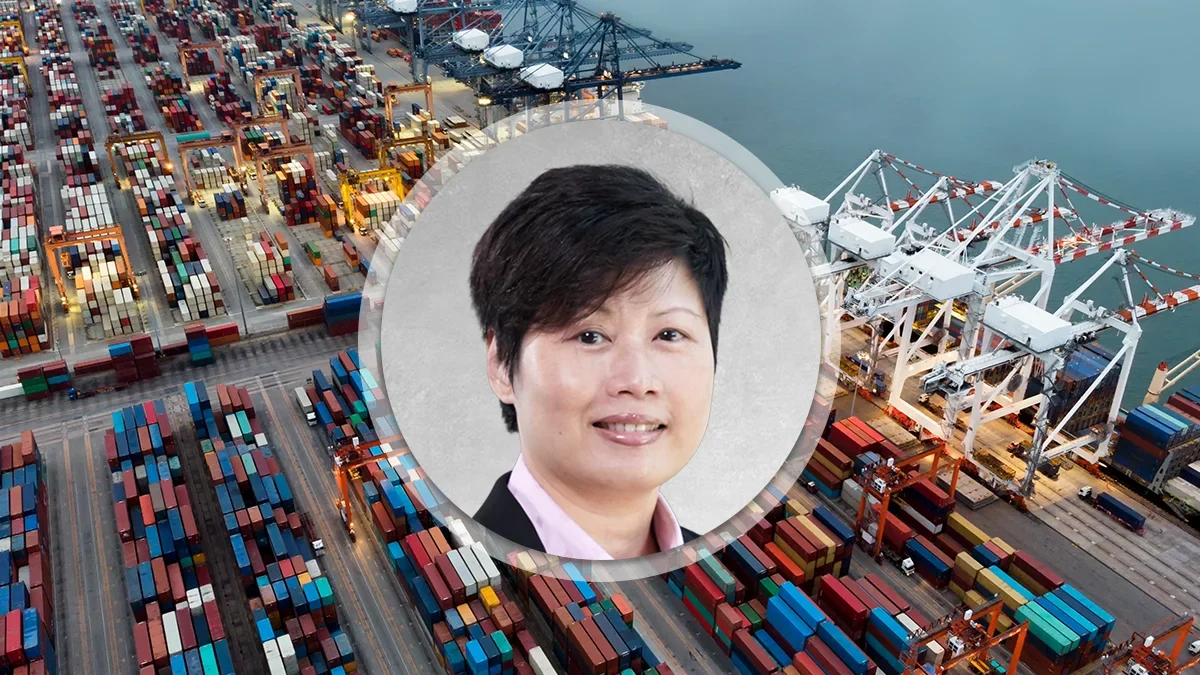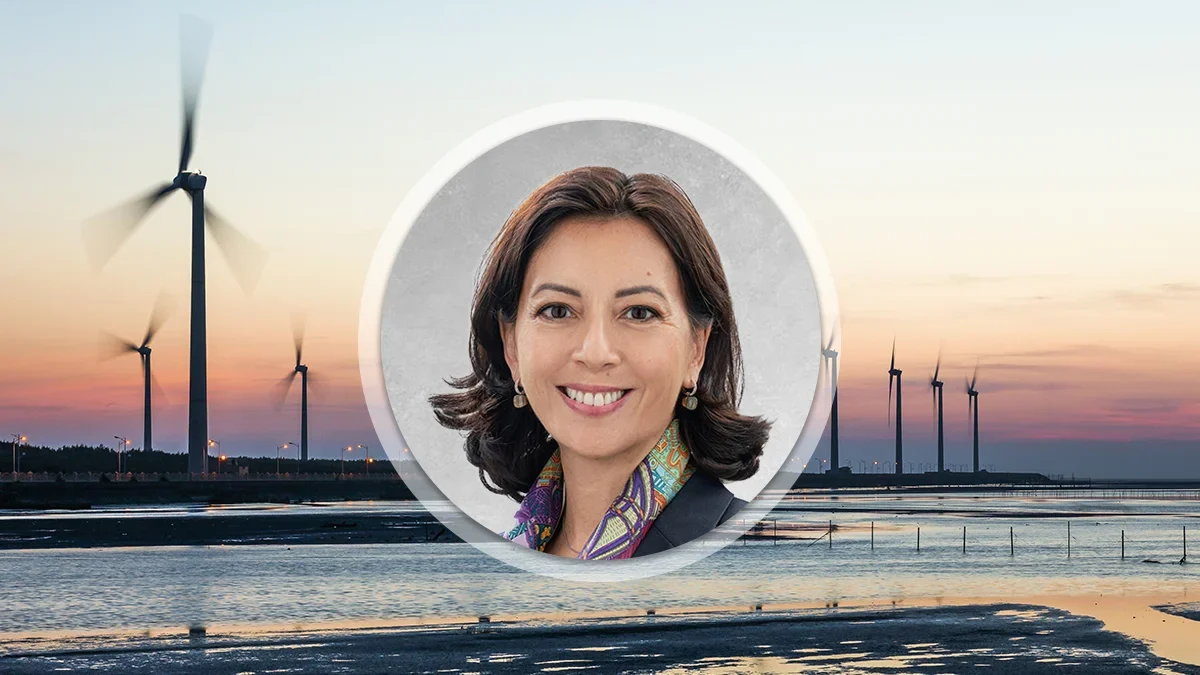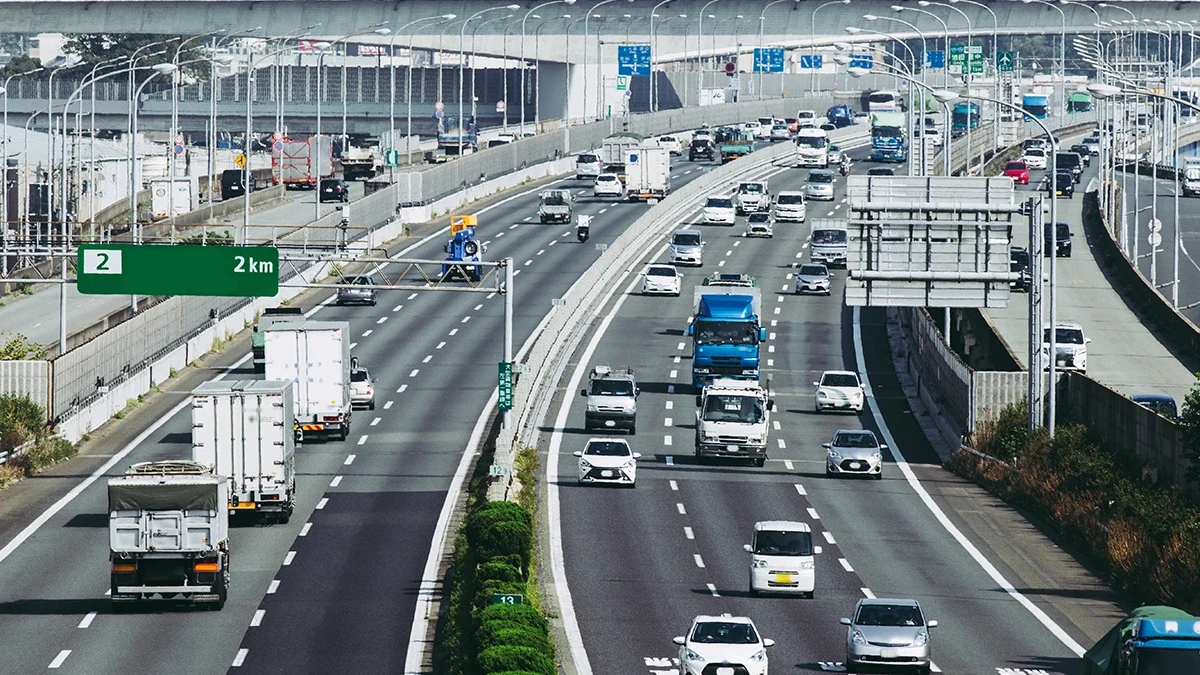(Re)in Summary
• Interest in voluntary carbon credits (VCC) is growing in Asia, along with insurance solutions which cover project developers and investors from the risk of VCC’s being invalidated.
• Specialist underwriters like Kita, Oka and CFC offer some capacity, but more options from other carriers are needed.
• Pricing carbon credit insurance can be tricky, as they needs to add value without being prohibitively expensive.
• Smaller project developers are most interested in insuring voluntary carbon credits due to regulatory vulnerability.
• Applying W&I insurance concepts from M&A markets, to improve trust and quality in the VCC market, may be key,
As interest in voluntary carbon credits (VCCs) accelerates across Asia, additional capacity from local and regional insurers will play an important role in helping derisk certain perils and support the development of the market.
VCCs are credits that companies are not obligated to purchase, unlike compliance markets in which emitters pay for the right to produce carbon. These credits are produced through carbon capture, including forest preservation, ocean carbon sequestration, and tech-based solutions like enhanced rock weathering.
Specialist underwriters like Kita, Oka and CFC Underwriting are providing some capacity in the region, but others carriers can help build “excess capacity”, so there is enough to derisk, says Charlie Pool, Head of Carbon Insurance at insurance broker Howden.
There is plenty of room for more capacity, as underwriters add political risk cover to protect project developers and investors from the risk of voluntary carbon credits (VCC) being invalidated.
The trade of carbon credits is governed by Article 6 of the Paris Agreement. Article 6 outlines the complex accounting mechanisms “corresponding adjustments” and ensures that emission reductions are not double-counted.
Kita partnered with Tokio Marine Kiln in July to provide political risk insurance for carbon capture projects to cover risks like project approvals being revoked, confiscation, nationalisation and forced abandonment. The product also includes risks specific to Article 6, including host countries lacking proper accounting frameworks to make or apply adjustments at the country level.
And as Asian countries move to tax carbon, demand for credits and insurance is likely to rise, with trading in voluntary estimated to reach US$30bn annually in Asia by 2030, with Japan, China and South Korea accepting high-quality VCCs as offsets in emissions trading schemes for up to 5% of emissions.
Companies located in Singapore are also allowed to use high-quality VCCs to offset up to 5% of their taxable emissions.
Airlines are one of the sectors fueling demand, as they have been required to offset increases by purchasing compliant VCC credits under the International Civil Aviation Organisation (ICAO)’s carbon scheme, Pool says.

Marshall Lee
Head of Climate and Sustainability Strategy, Asia at MarshBut accounting for carbon capture can be difficult, and countries need to be able to account for credits traded from one country to another, to ensure that emissions reductions aren’t claimed in both countries. Adjustments, too, can fail at many levels. Projects may fail to obtain approval, and countries may lack the right apparatus to account for emissions reductions.
And there is the issue of trust.
“Like other regions involved in generating VCC’s, Asia has some risk issues that can cause concerns by corporate buyers,” says Marshall Lee, Asia’s Head of Climate and Sustainability Strategy for insurance broker Marsh. “Insurance can play a role here to provide credibility,” he adds.
Companies are hesitant to buy credits without assurance of their quality and integrity, Pool says, so credits that are insured are worth a lot more than the cost of the credit plus the cost of the insurance.
“The policies that we’ve seen in the market so far have been (priced below) 5% (of the price of the credit), but the value that they add to the credits is 20 to 30%, so it more than pays for itself.”
But the price of coverage remains relatively high because of how new the markets are, Pool says. “There’s not much competition, and that price will come down.”

Charlie Pool
Head of Carbon Insurance at HowdenTaking a page from the W&I book
The biggest problems that the carbon market faces are around quality and integrity.
“There’s no point having delivery risk insurance or political risk insurance or any of these other things unless you solve this quality issue, because otherwise, there’s no market,” said Pool.
The absence of trust in voluntary carbon markets, which lack a centralized regulator or validation framework, has been a challenge to scaling the market, with high profile frauds and limited publicly-available data.
A Kita/Oxbow Partners report published in February of this year points to the increased use of digital monitoring, reporting and verification in the sector, which it said results in more robust and detailed data collection.
“There’s a lot of technology out there, like satellite as well as drone technology, that keeps track of how much a forest has grown in the last year,” says Marsh’s Lee. “But there are many other types of carbon capture technologies, and each has a unique set of metrics that you need to track.”
Charlie Pool
Head of Carbon Insurance at HowdenAnd while technology and data exist, Pool thinks insurers should look at warranty and indemnity insurance as a model for VCC-related products.
“There’s various industry bodies out there helping to define what makes a good or bad project, someone like the ICVCM (Integrity Council for the Voluntary Carbon Market) or the VCMI (Voluntary Carbon Markets Integrity Initiative) who can look at it from the buyer side and seller side. They have defined what quality looks like, but they haven’t got the ability to enforce that,” says Pool.
By providing a warranty for the environmental, social and legal aspects of a carbon capture project, that essentially backs the project up. “We’ve taken (the W&I) concept, a very mature, well understood market, and applied it to the carbon market,” he says.
“It gives buyers the confidence that the project must be pretty legit. You cannot have a better way of ensuring quality than that,” he adds.














